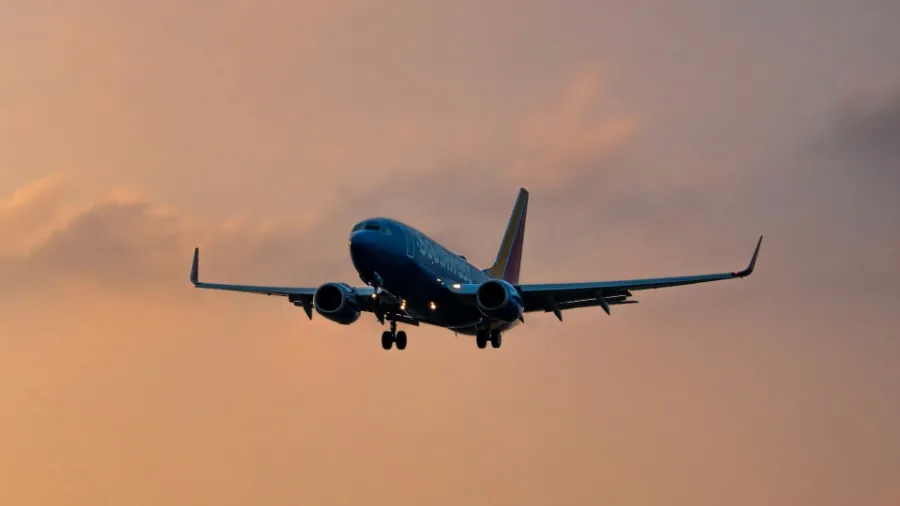
What lies ahead for airline insurance market in Q2 2024?
It is grappling with uncertainties surrounding leased aircraft claims originating from Russia.
The airline insurance market faces intensified competition and lingering uncertainties as it navigates the landscape in the second quarter of 2024, according to WTW’s Airline Insurance Market Renewal Outlook for Q2 2024.
“There is still a lot of uncertainty, but some clarity has started to emerge around the leased aircraft claims emanating from Russia [1], and this is generating competition between insurers in the short- to medium-term,” the report stated.
“As a result, insurers face a challenging market as they look to balance competitiveness with commercial viability,” it added.
Moreover, the report highlights that each renewal will come with its own unique considerations and circumstances. However, without any significant claims, insurance buyers can generally expect a favorable short-term outlook.
The airline insurance market operates on a reactive and cyclical basis. Periods of unprofitability prompt capital flight, only to be followed by inevitable corrections and the return of capital seeking higher rates. Recent years have witnessed this pattern in the hull and liability market, influenced by factors such as Russia-related uncertainties and post-pandemic operational risks.
“Higher prices coupled with claims at around average levels have started to attract capacity back into the market. This has generated competition for inclusion on well managed airline insurance programmes,” it stated.
The unresolved nature of the Russian leased aircraft claims adds a layer of complexity. Whether these claims fall under hull and liability or hull war sectors remains uncertain, potentially impacting rates.
This uncertainty fuels underwriters' competition for market share, further exacerbated by pressures from reinsurance programs.
“Some insurers could end up fighting to meet their minimum premium income requirements, whilst others will be competing for attractive accounts that meet their risk appetite,” the report stated. “The upshot is that, perhaps counterintuitively, there are deals to be done in the short-term.”
Amidst these challenges, the role of trusted intermediaries are crucial, emphasising the importance of a balanced approach during renewals. Whilst short-term deals may seem enticing, a focus on long-term value and risk management partnerships remains crucial for sustained resilience.
Additionally, geopolitical instability elevates threats to aviation assets in conflict zones. Insurers are expected to reassess hull war premiums, anticipating market innovations amidst rising costs and geopolitical dynamics.
ALSO READ: Global trade risks prompt exporters to consider insurance
With terminology shifting from "rate increase" to "rate change," competition intensifies, potentially leading to rate reductions as hull war insurers strive to retain market share. Despite these fluctuations, the core goal of positive engagement between insurers and buyers remains unchanged.
While challenges persist in the wider aviation insurance and reinsurance markets, the airline hull and liability insurance segment remains relatively stable. Insurers are increasingly differentiating based on claims performance, offering favorable terms to airlines with strong track records.
Despite current competition, the long-term market outlook remains challenging, with potential deterioration pending legal proceedings on leased aircraft in Russia.
“In the meantime, until clarity is reached and assuming that there are no major aviation insurance claims, competition amongst insurers is expected to continue,” the report said.



















 Advertise
Advertise






